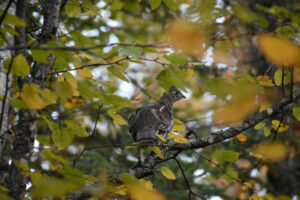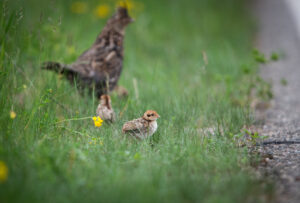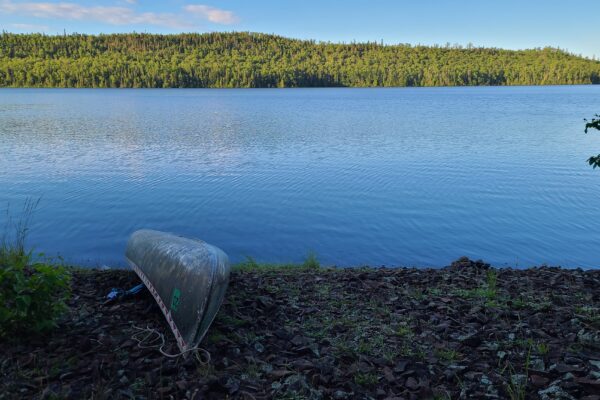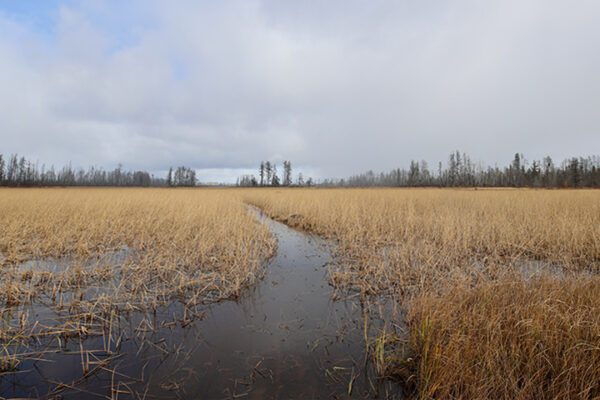Grouse season off to a slow start, hunters report limited success across northeast Minnesota
The grouse hunting season is off to a slower start this year throughout the Superior National Forest and the northeastern Minnesota region.
The season began on Sept. 13, a time when the leaves are still on the trees. For hunters who are not using bird dogs, it can be a more challenging time of the year to spot and harvest grouse.
As the season progressed into October, Minnesota Department of Natural Resources Conservation Officers in the northeast region reported that grouse numbers remain low, as was hunters’ success.
In the Oct. 13 weekly report, Conservation Officer Hudson Ledeen, based in the Hovland area, wrote, “Grouse hunters are still hitting the woods and trails and are showing very limited success for their efforts.”
Although leaves had begun to litter the boreal forest floor, Conservation Officer Trent Anderson, based in Tofte, wrote in his Oct. 13 weekly report that, “Grouse hunters continue to report low bird sightings despite the leaves falling.”
Over near Ely, Conservation Officer Sean Williams wrote in his Oct. 20 report, “Grouse-hunting success was some of the poorest in memory as hunters greatly outnumbered grouse seen.”
In the past week, WTIP has spoken with hunters from Grand Marais and those who traveled to the area from Winona, Minn., to grouse hunt. Hunters report that grouse sightings have been sporadic across the Superior National Forest, even for those using bird dogs.
The sparse ruffed and spruce grouse sightings this season are somewhat to be expected, said Bailey Petersen, Minnesota DNR assistant area wildlife manager based in Two Harbors, Minn.
“They just aren’t as plentiful as the past two years,” said Petersen. “Which is not a surprise, but never fun to hear.”
Earlier this year, in late spring, the DNR released the annual spring drumming count that provides insights into ruffed grouse populations across the state, including the northeast region. The population survey results showed that ruffed grouse drums per stop were 1.8 statewide, down from 2.3 drums per stop last year. The decrease in drumming counts was expected; however, the DNR stated that, considering spring 2024 was the highest 10-year cycle population peak for ruffed grouse since 1972.
Following the spring drumming count in April and May, nesting season began. While annual drumming counts help indicate population trends, nest success and chick survival are also significant factors.
Peterson said, “It appears that recruitment and reproduction were lower this year than we’d like to see.”
Along the North Shore, Peterson said, family groups of grouse appear to be relatively small, indicating that chicks were likely negatively affected by the cold and drizzly weather in early June. Significant rain events and cooler temperatures during nesting season can impact chick survival.
Despite the reduced sightings of grouse and possible reduction in recruitment this spring, Peterson said there are plenty of birds still in the woods for hunters to find. Now that the majority of the leaves have fallen, she said hunters should start having more success. The key, however, is locating the grouse in the right habitat.
“Now that the leaves are coming down, the birds are starting to run more,” Petersen said. Grouse will spend time along forest edges and near areas with food and cover.
Conservation Officer Ledeen wrote in his latest Oct. 20 report, “Hunters were showing limited success on birds but are getting a few more opportunities as the leaves continue to fall.”
The Minnesota grouse hunting season began on Sept. 13 and will run until Jan. 4, 2026.
















